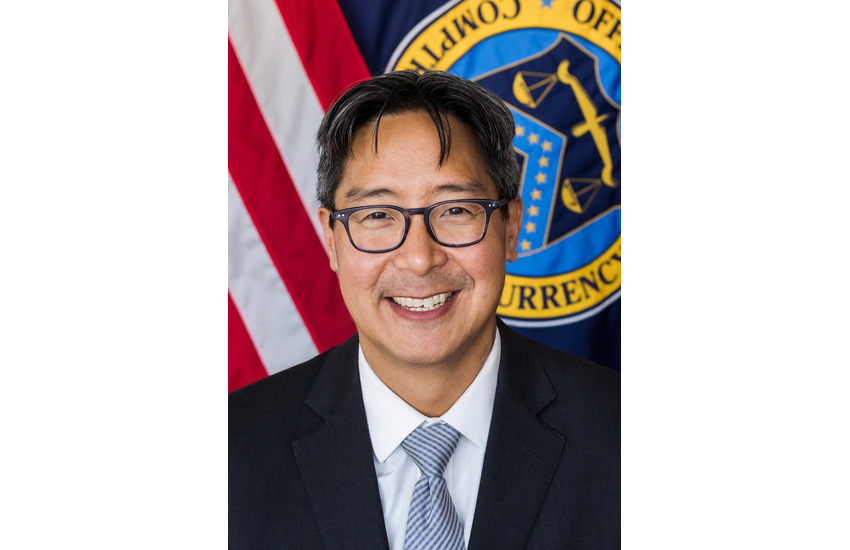
In a speech yesterday, the acting Comptroller of the Currency, Michael Hsu, was forthright about his opposition to the interpretive letters allowing banks to get involved with stablecoins and crypto custody while Brian Brooks was Comptroller.
“Several interpretive letters gave national banks and federal savings associations (FSA) a green light to engage in certain crypto activities. I had a different perspective and saw red flags in crypto’s rapid growth,” said Hsu.
He pointed to an interpretive letter issued by the OCC in November 2021 under his watch that demanded banks ensure any crypto activities were safe and sound, and notify their regulator before engaging in crypto. More than nine months later, the Federal Reserve issued a similar letter.
Banks have been relatively untouched by the recent crypto crash triggered by the collapse of the Terra stablecoin. “I believe this is due, at least in part, to the careful and cautious approach that we adopted and intend to maintain for the foreseeable future,” said Hsu.
While the crypto crowd may not be a fan of Hsu, like the SEC’s Gary Gensler, Hsu has a deep understanding and thoughtful approach to cryptocurrencies and stablecoins, which comes across in his speeches.
In a previous talk, he shared his perspective on the importance of interoperability of stablecoins and how a lack of it results in fragmentation.
For example, the same brand of stablecoin is not interoperable across blockchains without using cross-chain bridges, which are prone to hacking risks. He believes there’s a lack of interoperability between the different brands of stablecoins and noted how the top three stablecoins are each closely associated with separate cryptocurrency exchanges.
On that point, Binance, the largest cryptocurrency exchange, is associated with the third-ranked stablecoin, Binance USD (BUSD). The crypto exchange recently reduced the number of stablecoins supported. More specifically, when a user deposits USDC and a couple of smaller stablecoins, they will automatically be converted to Binance USD.
Binance’s motivation was to reduce the number of stablecoin pairs it needs to support and increase liquidity in other crypto markets. For example, for Ethereum, it will only need to provide markets in ETH/BUSD and ETH/USDT (Tether) rather than against three other stablecoins. The change takes effect at the end of the month.
This news is republished from another source. You can check the original article here



